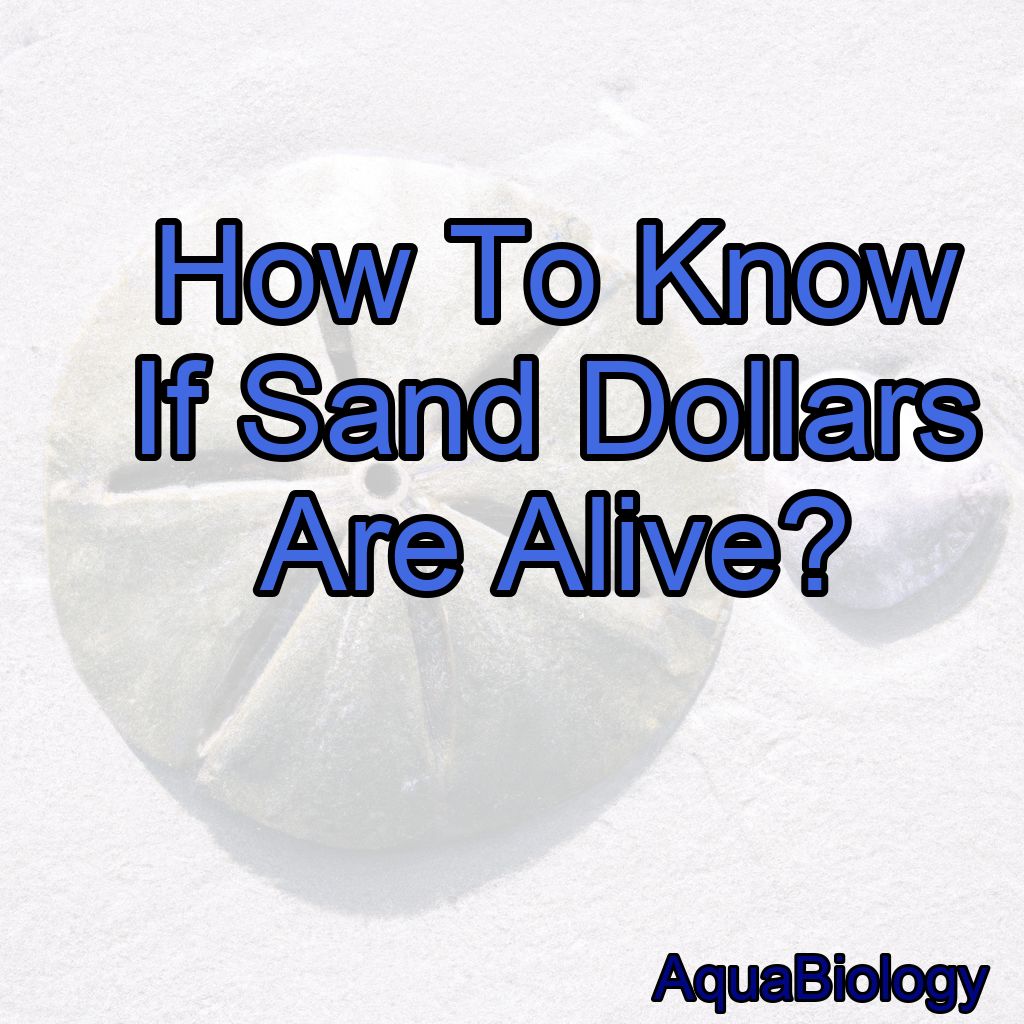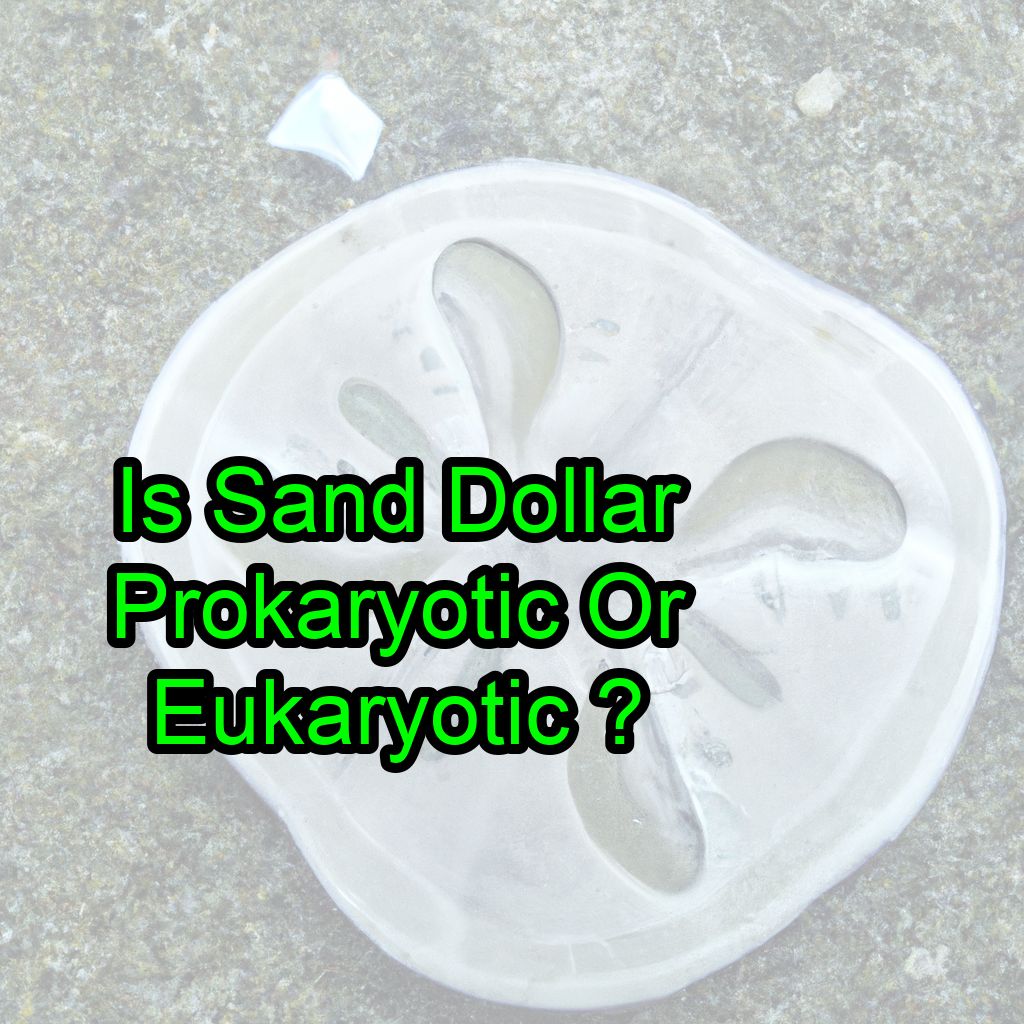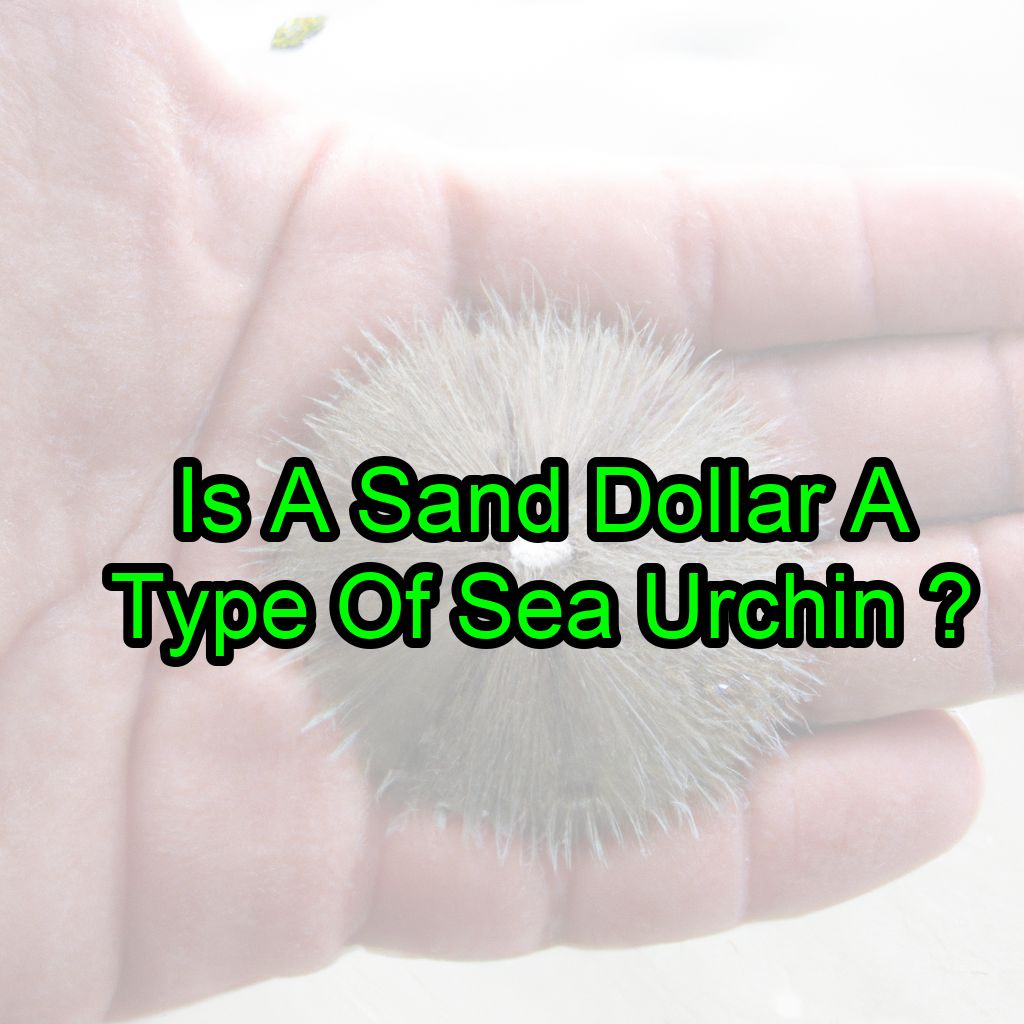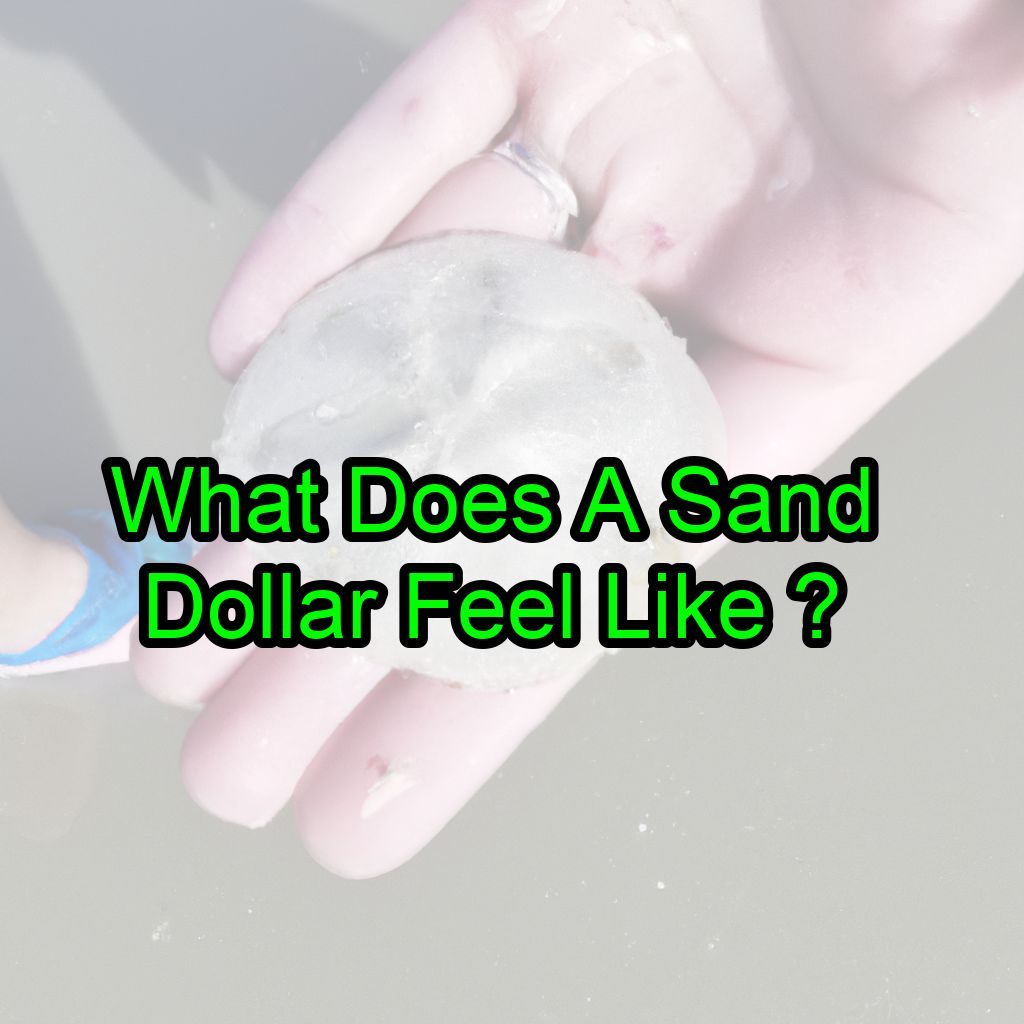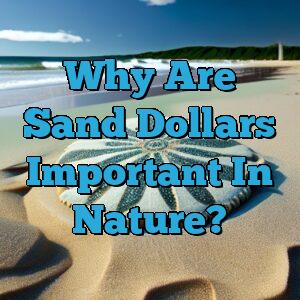How To Know If Sand Dollars Are Alive?
As a marine biologist and lover of sand dollars, I often get asked the question: “How do you know if a sand dollar is alive or dead?” It’s a great question, and one that’s important to answer because we want to make sure we’re not harming these delicate creatures. Check for a fuzzy texture and…
